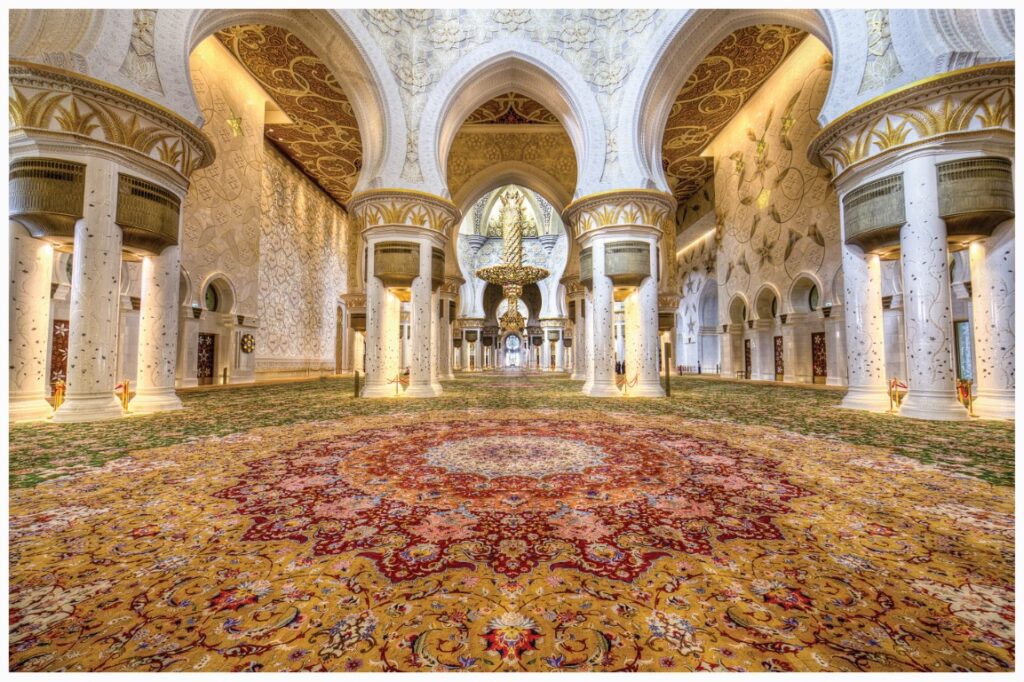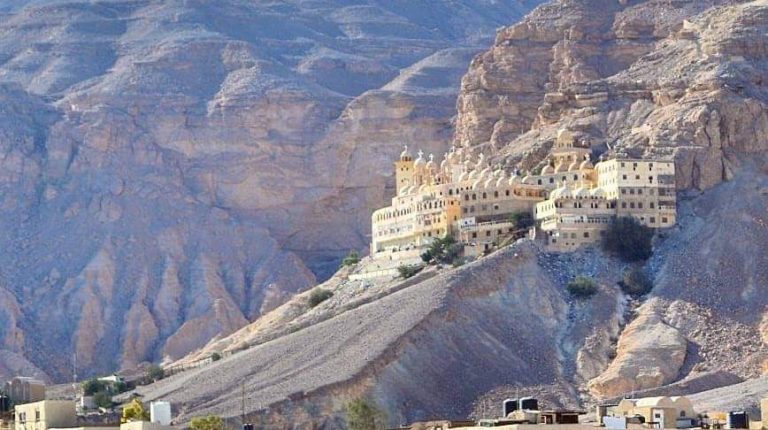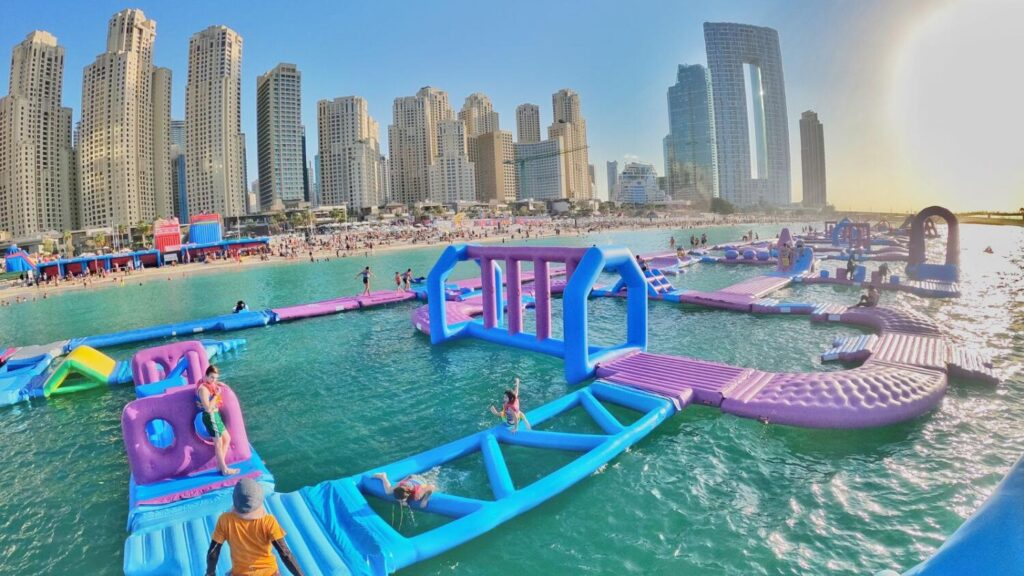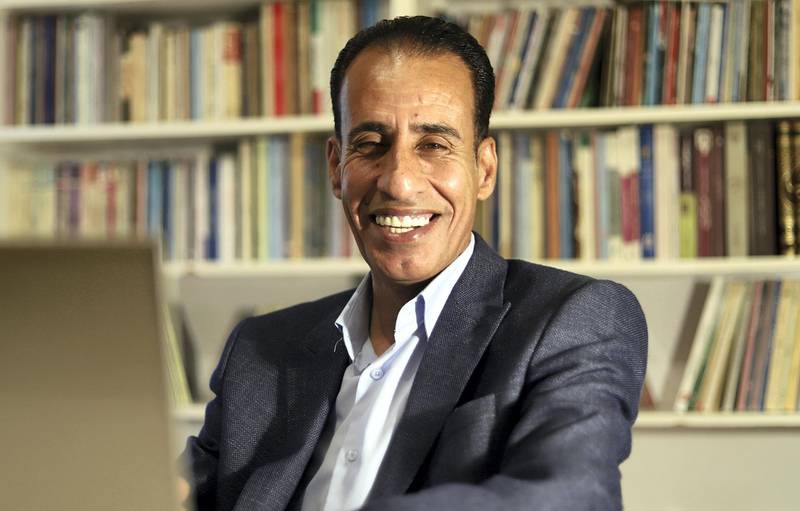In summer 2020, Arab News reported that the National Library of Israel, founded in Jerusalem in 1892, was planning to digitize its large collection of rare Islamic books and manuscripts, as part of a cross-cultural drive to open its digital doors to Arabic speakers in Israel and across the region.
Back in August 2020, Dr. Raquel Ukeles, then curator of the Islam and Middle East Collection at the NLI, said that the library was determined to play a part in eradicating what she saw as the “tremendous amount of ignorance about Islam, about Palestinian culture and Arab culture generally that has real repercussions on the political level.”
It was, she said, “very natural for us to be focusing on and investing in this material, to create space for Muslim culture in Israel and in the broader intellectual life, whether it’s in the Middle East or in the world, to enable greater understanding.”
The response has been truly impressive.
“The truth is that I’m thrilled to see the massive increase in the use of our Arabic digital resources,” Dr. Ukeles, who is now head of collections at the library, told Arab News a year and a half later.
“It’s so heartening to see that people are willing to cross boundaries in order to gain knowledge.”
In 2021, more than 650,000 visitors from across the Arab world found their way to the NLI’s Arabic-language website — an increase of 40 percent compared with 2020. There has been a dramatic increase in interest from Saudi Arabia in particular.
Most of the visitors, seeking out not only rare Islamic documents but also other archival treasures including a large collection of historic Arabic-language newspapers, came chiefly from the Palestinian Authority, Egypt, Saudi Arabia, Jordan and Algeria.
Worldwide, there was a 125 percent increase to 1.5 million visitors to the Arabic site. Within Israel itself, the number of visitors to the site jumped by 250 percent to a total of 620,000 users, while the library’s trilingual Hebrew-Arabic-English site as a whole registered 10 million visits in 2021.
There has been a dramatic increase in interest from Saudi Arabia in particular. In 2021, there was a 30 percent growth in traffic from the Kingdom to the NLI site, with more than 121,000 sessions by nearly 94,000 individual users. About a third of the visitors were women, and 60 percent of the total were aged between 25 and 44.
“When we launched our first digital archive of early Arabic newspapers from Ottoman and Mandatory Palestine in September 2016, we had an annual rate of about 5,000 users for the first few years,” Dr. Ukeles said.
“That number has now increased by about tenfold and, thanks to our talented Arabic digital team, this past year we had 1.5 million total users of our Arabic websites.”
It was, she said, the aim of the National Library of Israel “to allow people to gain access to their own culture and history,” but also “to stimulate curiosity and engender respect about other cultures.”
This seems to be working.
“Users from the Arab world are searching our collections of Arabic newspapers and Islamic manuscripts, but they are also interested in our historical maps and digitized materials about Jewish history and Israel.”
Thanks to technology, the priceless documents at the library are even more accessible online, where they can be seen in exquisite, close-up detail — far better than they would be if viewed in person behind the glass of a display case.
“Technology allows culture and the written word to cross boundaries and reach new places previously inaccessible,” said Yaron Deutscher, head of digital at NLI.
“The fact that so many people from across the Arab world are expressing such a high level of interest in the cultural treasures freely available via the website shows just how relevant these things are, even for the younger generation living in our region.”
Those treasures include some extraordinary documents, including an exquisite copy of Muhammad Al-Busayri’s famous 13th-century poem “Qasidat Al-Burda,” or Ode of the Mantle, written in praise of the Prophet.
Also online are maps, illustrations and photographs, and hundreds of thousands of pages of historic Arabic newspapers from Ottoman and Mandatory Palestine — invaluable “rough first drafts of history” published between 1908 and 1948.
Newspapers and journals from the past “constitute one of the more clear-sighted vantage points for acquainting ourselves with bygone eras,” said a spokesperson for the library.
“Periodicals are an important resource for scholars as well as a portal for anyone wishing to access history through the words of contemporaries.”
Among the most regularly viewed items are 73 issues of the weekly newspaper Al-Arab, published in Mandatory Palestine between August 1932 and April 1934. Its writers included prominent authors and intellectuals of the day, such as Muhammad ‘Izzat Darwaza, the Palestinian politician and historian whose contributions included the important article, “The Modern Awakening of Arab Nationalism,” and who was interned by the British in 1936.
The 167 issues of the bi-weekly newspaper Al-Jazira, published in Palestine between 1925 and 1927, is another invaluable insight into the politics of the day, while a fascinating snapshot of contemporary art and culture can be found in the rare three issues of the magazine Al-Fajr. Its purpose, as declared in its first edition, published on June 21, 1935, was “to represent all intellectual currents in literature, society, art, and science.”
It was, says the NLI, “a veritable storehouse of knowledge and included diverse writings (and) represented an important stage in the development of Palestinian culture.”
Al-Fajr lasted only two years. Along with many newspapers and magazines, it ceased publishing during the Arab revolt in Palestine between 1936 and 1939, and never returned to print.
One of the oldest periodicals in the digital collection is the daily newspaper Al-Quds. First published in Jerusalem in 1908, the 107 issues in the collection cover the period from then until the end of 1913, offering fascinating insights into the prevailing social and political concerns on the eve of the First World War and the final death throes of the Ottoman Empire.
Social history aside, the most visually breathtaking treasures belong to the more distant past. Many of the documents and books contain unrivaled examples of Arabic and Persian calligraphy and illustrations.
The library attributes the rise in interest in its collections in part to the Abraham Accords, the normalization agreement signed between Bahrain, Israel and the UAE on Sept. 15, 2020, which saw the first Israeli embassy open in Abu Dhabi, and the first embassy of the UAE in Tel Aviv.
In May last year, the NLI signed a historic memorandum of understanding with the National Archives of the UAE in Abu Dhabi, committing the two organizations “to work together in support of mutual and separate goals and for the benefit of the international cultural and documentary heritage sector.”
The NLI said that the collaboration came “amid increased interest in regional collaboration in the wake of the Abraham Accords” and, in a joint communique, the new partners hailed the agreement as “a significant step forward.”
Both organizations, said the NLI, “serve as the central institutions of national memory for their respective countries and broader publics, and in recent years both have launched expansive and diverse efforts to serve scholars and wider audiences domestically and internationally.”
For Dr. Ukeles, the collaboration advanced “our shared goals of preserving and opening access to cultural heritage for the benefit of users of all ages and backgrounds in Israel, the UAE and across the region and the world.”
Dr. Abdulla M. Alraisi, director-general of the UAE’s national archives, said that the collaboration reflects its determination to “spread its wings around the world to reach the most advanced global archives and libraries, to obtain the documents that come at the heart of its interest as it documents the memory of the homeland for generations.”
source/content: arabnews.com
___________

__________
ISRAEL








